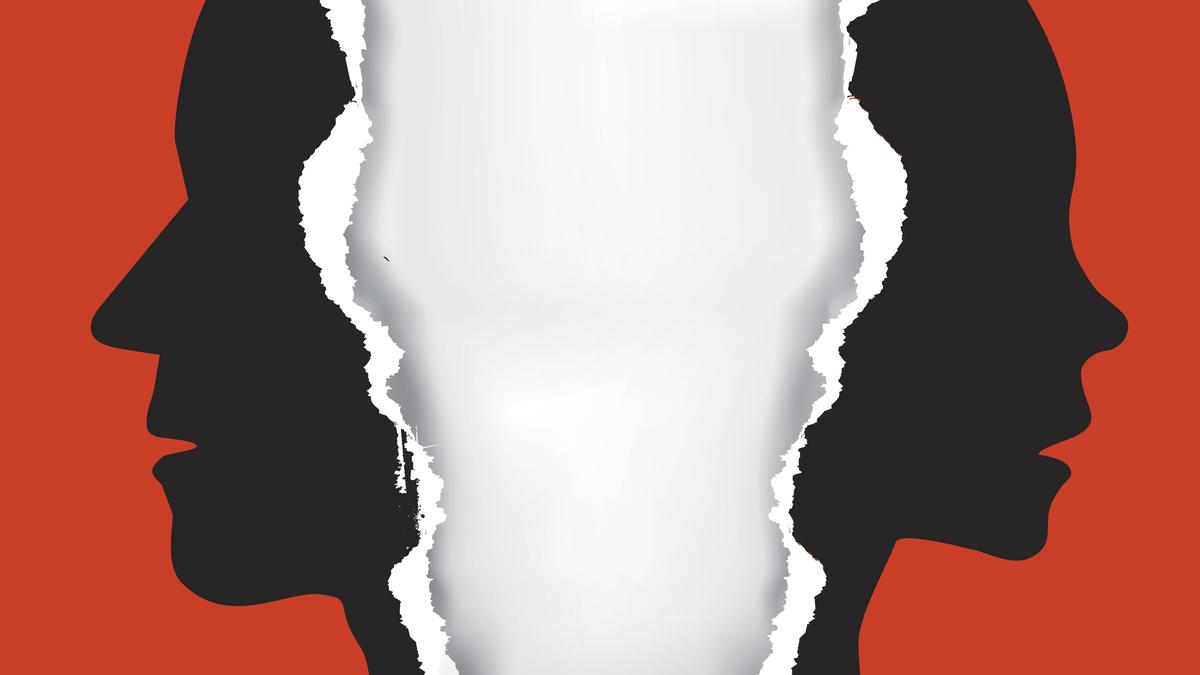
Truth be told | Review of Geetanjali Shree’s ‘Our City That Year’, translated by Daisy Rockwell
The Hindu
Geetanjali Shree's novel, Our City That Year, translated by Daisy Rockwell, explores the complexities of Hindu-Muslim friendships in a divided society.
International Booker-winning duo Geetanjali Shree and Daisy Rockwell strike gold again with their new book Our City That Year. The translation is of an outstanding quality. Yet another writer-translator team that understands each other so well is good news for literature.
The novel is about three close friends. Sharad and Hanif are academics. Shruti, a writer, is married to Hanif. There is a ‘neutered mosque-temple’ and a bridge that divides this side from that side. There are ‘these’ people on this side of the bridge and ‘those’ people on the other, and there is the third category — the ‘us’ — neither this nor that, both this and that. There is Sharad’s father, Daddu, who joins this threesome to form the ‘liberal us’ in the story.
Such stories need to be told — again and again. It is that same question: how can individual friendships between Hindus and Muslims withstand the pressures of a society divided deeply by community belief systems? It is Topi Shukla in a new avatar, on a broader canvas.
If the first hundred pages look repetitive — be patient. The novel, following postmodernist narrative techniques, is patterned like a slowly gathering sandstorm. The storm begins ‘there’. It moves slowly in small circles. It takes its time to come towards you — so you think you are safe, you have hope. The circle does not grow larger; it only keeps moving, menacingly slow, till you do not even realise that you are at the epicentre of that storm and that it has engulfed you. As you see the main characters intellectualise, rationalise, philosophise and resist the brewing of the storm, you see also their ineffective intellectualism being reduced to mere ‘sentimental idealism’.
The other postmodernist feature is that there is no linear storytelling. So, do not look for a plot where there is a climax and then a denouement. A disjointed narrative style indicates that the ‘truth’ — if there be one — cannot be capsuled into a neat symmetry of universal acceptance. This fragmentary style works well for this novel. You will go back to the first few pages after you have finished reading the novel. As you read on and on about Hindus and Muslims and mosques and temples and terrorists, threats, the media, the police and endless riots and their aftermath — you start to feel the palpable claustrophobia that devours the characters in their gated community, their university and their city.
Although the novel does not explicitly mention the demolition of the Babri Masjid (one wonders why — considering that Shiv Sena’s Bal Thackeray has been pointedly mentioned), it does appear to read like a response to that event in particular but is not limited to the one single “neutered masjid-temple” conundrum that consumes our contemporary cultural enquiries. Twenty-six years after it was first published in Hindi, this story is not just about ‘our city’; it is ‘every city’. It is not just ‘that year’; it is ‘now’.
In an otherwise well-crafted text, there is something missing. While the political message is clear, the human angle is missing. This novel questions labels such as intellectual, nationalism, fanaticism, liberalism, history, victimhood, memory, secularism and fiction. But does not say a word about Hanif’s parents or Shruti’s family. Daddu does not bring in hope, either. As someone who hankers after an idealist vision of the past promoted by a Nazrul Islam, Nazir Akbarabadi, Sadarang (Naimat Khan) and Amir Khusro, his view on India’s Partition is missing. Postmodernist readers will look for what is said and for what is left unsaid. Multivocality is missing. For the over 25 times that ‘Jai Jagadambe’ has been raised as a war cry in the novel, an equivalent response from ‘the other side’ is stridently missing.













